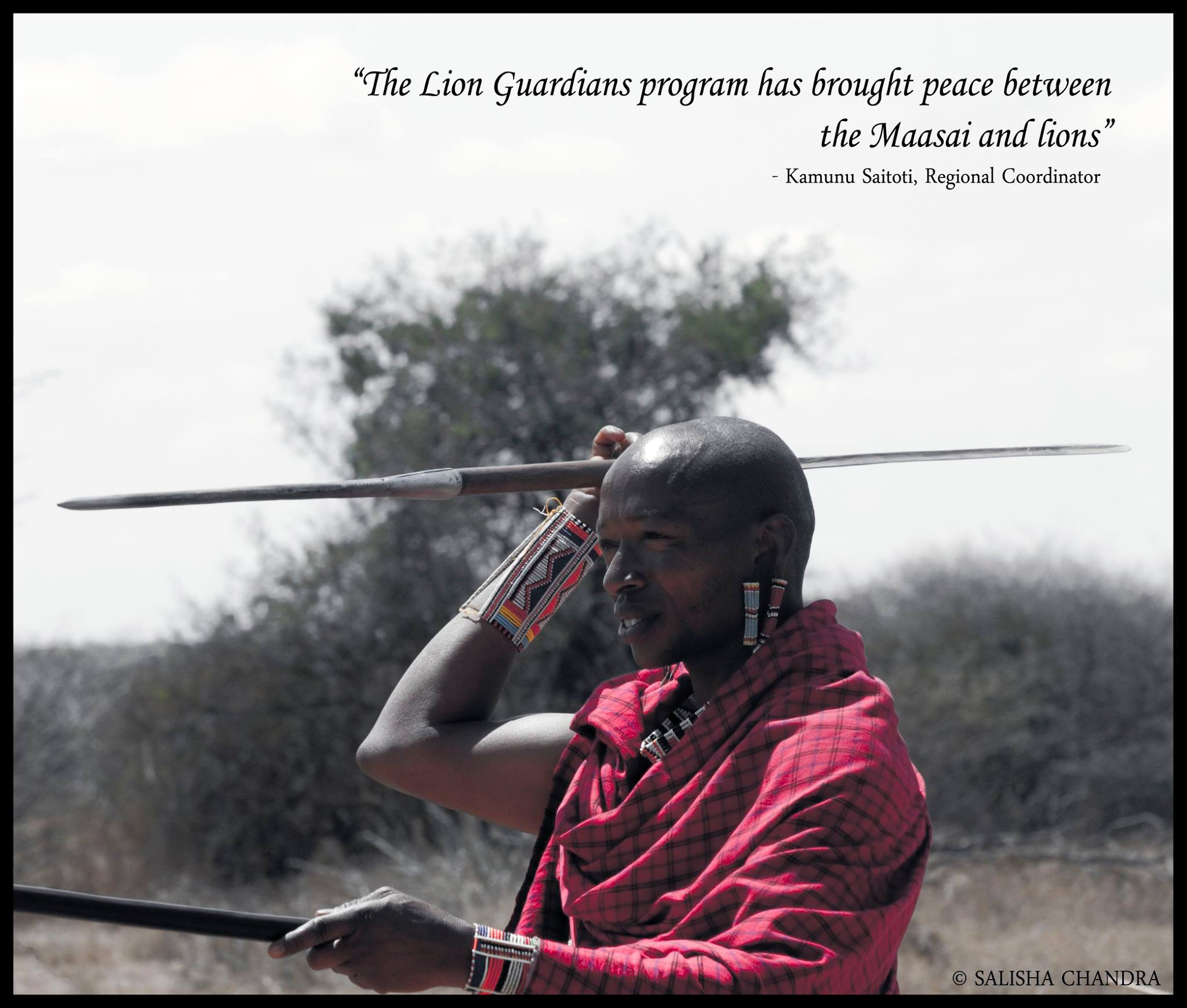The Elephant’s Placenta and The Lucky Brothers

Written by John Merishi – Lion Guardians Office Manager
We Maasai believe that the elephant is possibly one of the cleverest animals in existence. We have witnessed through the ages that a female elephant buries her placenta deep into the earth post giving birth. Thus, it is very rare to see an elephant’s placenta. As per our Maa culture and traditions, a person who sees an elephant placenta is considered to be a lucky human being. We believe that if we see an elephant placenta, we will be showered with blessings from all. In fact the spectacle is so rare, that it seems we can count with our fingers the number who have witnessed this. So any news of those who see it spreads like bush fire. This brings us to today’s story.
The month of February and March 2017 was a tough time for us in Maasailand because of the prolonged drought. Normally in February and March, there is enough pasture for our livestock but it was different this year as there was no rain. In February, the community had to move with their livestock from one area to another in search of pasture and water. It is during this time that Kamunu Saitoti (who is one of our tenured Guardians from Eselenkei group ranch and popularly referred by his lion name, Meiterienanka) moved with his family’s livestock in search of pasture. They moved from their permanent boma in Lenkisim to a place called Impakaani.
Kamunu’s family constructed a temporary boma in the area and stayed there for about two weeks. In the third week of February, they realized that pasture and water were running out. They moved again – from Impaakani to a place called Imotorok. Shortly after they moved on the evening of 1st March, an elephant came close to the various temporary bomas and frightened the community members. The community called upon Kamunu for help. Kamunu threw several thunder flashes but the elephant would not leave. He wasn’t scared at all. Kamunu notified the Big life scouts who responded swiftly. They managed to push the elephant far from the bomas.
At that time, Kamunu was happy to see the back of the unhappy elephant. Little did he know that the this incident and the help he accorded the community would bring with it good luck.
The following day while escorting their livestock to the grazing field, Kamunu and his brother saw a big herd of elephants in the distance. They approximated the number to be about one hundred elephants and noticed that the herd had several calves. One of the calves was very tiny. After a few minutes, they noted that an elephant had left a trail of blood and they worried that one of the elephants might have been speared. The followed the bloody track and fortuitously stumbled upon a spot where an elephant had quite obviously given birth. After searching the area for the placenta, they found it deep within the ground and excitedly went back home to notify their father. Their father was extremely excited about his sons’ discovery and they all quickly returned to the site where he led them in conducting the rituals as per the Maa customs.
First they uncovered the placenta. Second, they fenced the small area within which the placenta was buried circled it with a small boma (corral) complete with four gates (known in Maa as Inchomito). After performing the rituals, they went back home and the whole community was excited after learning about the good news. They congratulated the Saitoti brothers exclaiming that a bright future, full of favor awaited them. So in spite of the drought, Kamunu considers March to be a good month for him and his family. The family has since gone back to their permanent boma after the area received some rain.




Leave a Reply